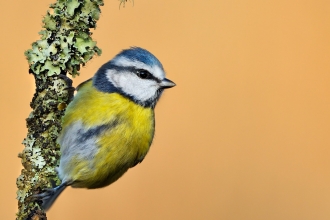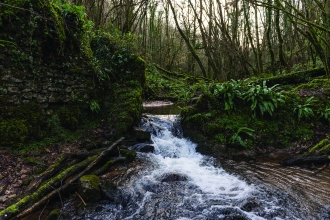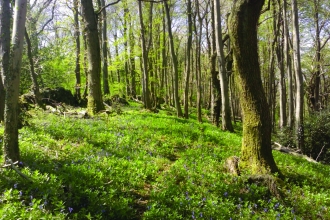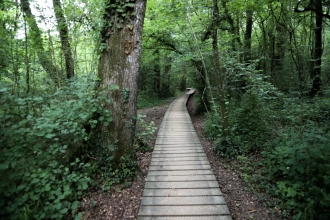Cooks Field
Cooks Field is a flower rich limestone grassland on steep slopes and traditional hay meadows on the higher and flatter ground. It is an important site for grassland butterflies.
Family visiting the Westhay Nature Reserve, Somerset Levels - Paul Harris/2020VISION
37 results
Cooks Field is a flower rich limestone grassland on steep slopes and traditional hay meadows on the higher and flatter ground. It is an important site for grassland butterflies.

The mature woodland here is predominantly beech and oak and with some impressively large and ancient trees. Some of the largest beech trees grow on the old hedge banks which line the ancient drove…
A plant rich grassland covering several fields renowned for its variety of orchids. There is also an area of wet woodland adjacent to the Mells River.

Part of a network of SWT reserves in the East Polden Hills, Great Breach Wood is a wonderfully diverse woodland with wildlife rich scrub and many glades and rides.
One of the best examples of limestone downland and scrub in Somerset. One of the jewels in the crown of this reserve is the Large Blue Butterfly, declared extinct in Britain in 1979, it has since…

Harridge Woods is home to the Trust's award-winning bat house. Restored from a tumble down cottage, Keeper's Cottage is home to at least seven different species of bats. A rich variety…

A wonderfully atmospheric ancient woodland nestled in a steep-sided Quantock Hills valley overlooking the Bristol Channel.

Just a mile south-east of the centre of Wells, this is an ancient semi-natural woodland, made up primarily of ash, hazel and field maple, with planted oak and a fine stand of small-leaved lime.…

Langford Heathfield is the Trust's second largest reserve. The mixture of ancient and secondary woodland, scrub, heathland and open rides cut into the woodland provides a great habitat for a…

An upland area of heathland known as Limestone Heath which is an uncommon habitat on the Mendip Hills and is great for heathland flowers. Another unusual feature for this limestone area is the…
37 results